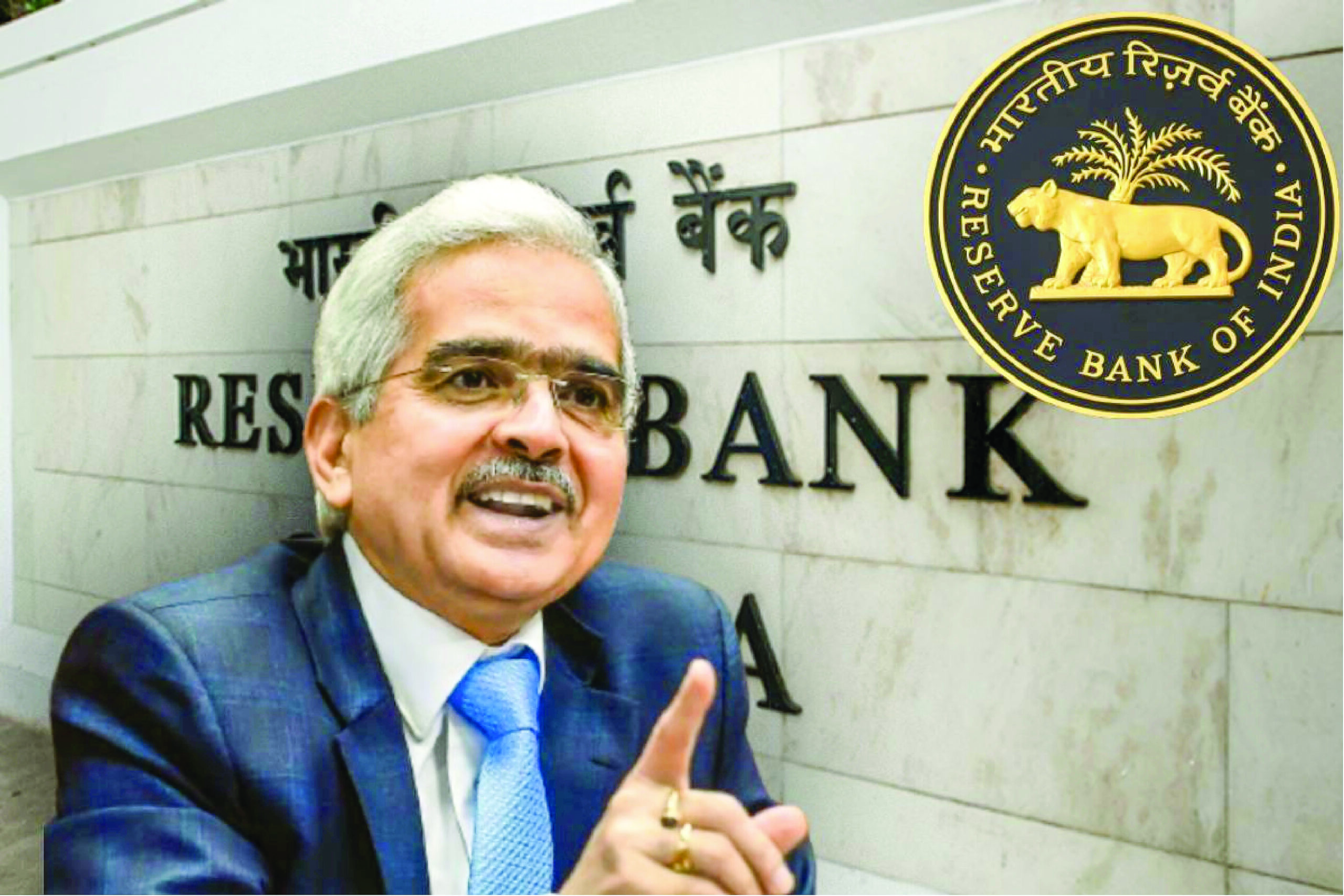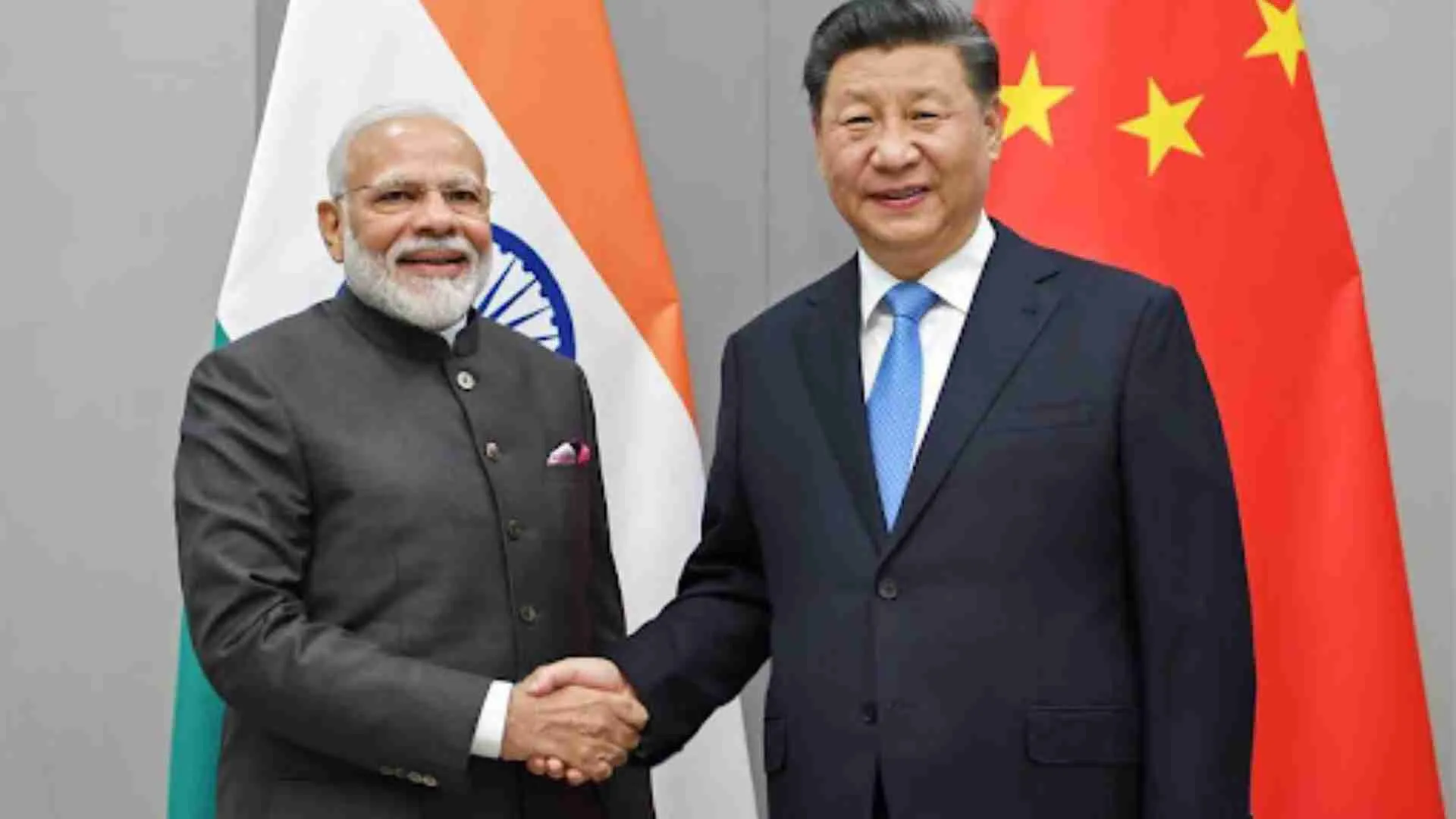The Reserve Bank of India on Friday left the policy repo rate unchanged at 6.50 per cent, signalling focused intent on achieving the medium-term target for consumer price index (CPI) inflation of 4 per cent, while supporting growth, which is seen at a potential 7.2 per cent in FY25.
“While the MPC took note of the disinflation achieved so far without hurting growth, it remains vigilant to any upside risks to inflation, particularly from food inflation, which could possibly derail the path of disinflation. Hence, monetary policy must continue to remain disinflationary and be resolute in its commitment to aligning inflation to the target of 4.0 per cent on a durable basis. Sustained price stability would set strong foundations for a period of high growth,” RBI Governor Shaktikanta Das said in his statement.
This is the 8th consecutive time the RBI has left policy rates unchanged. “Dovish commentary by the RBI and hike in FY25 GDP growth forecast boosted market sentiment” said Siddhartha Khemka, Head – Retail Research, Motilal Oswal Financial Services.
The RBI status quo on repo rate is in sync with the assessment of the Monetary Policy Committee (MPC) that there is need to continue with the disinflationary stance, until a durable alignment of the headline CPI inflation with the target is achieved. The RBI decision of status quo on policy rates and projection of a higher growth rate for Indian economy follows the MPCs review of the current and evolving macroeconomic situation which shows global economic activity rebalancing and poised to grow at a stable pace in 2024, inflation which is moderating unevenly and uncertainty on the pace and timing of policy pivots by central banks keeping financial markets volatile.
In the Indian context, although headline inflation is gradually easing, driven by softening in its core component, the path of disinflation is interrupted by volatile and elevated food inflation due to adverse weather events. The MPC took cognisance of headline inflation which has seen sequential moderation since February 2024, albeit in a narrow range from 5.1 per cent in February to 4.8 per cent in April 2024. Food inflation, however, remains elevated due to persistence of inflation pressures in vegetables, pulses, cereals, and spices. Deflation in fuel prices deepened during March-April, reflecting the cut in liquified petroleum gas (LPG) prices. Core (CPI excluding food and fuel) inflation eased further to 3.2 per cent in April, the lowest in the current CPI series, with core services inflation also falling to historic lows.
The RBI’s optimism of a higher growth than previously anticipated, factors in forward looking trends like above normal south-west monsoon which augurs well for agriculture and rural demand and sustained momentum in manufacturing and services activity. The MPC has indicated revival in private consumption and that investment activity is likely to remain on track, with high capacity utilisation, healthy balance sheets of banks and corporates, government’s continued thrust on infrastructure spending, and optimism in business sentiments. Improving world trade prospects could support external demand.
The MPC review also notes volatility in international commodity prices, and geoeconomic fragmentation which pose risks to the outlook. Taking all these factors into consideration, real GDP growth for 2024-25 is projected at 7.2 per cent with Q1 at 7.3 per cent; Q2 at 7.2 per cent; Q3 at 7.3 per cent; and Q4 at 7.2 per cent. According to the provisional estimates released by the National Statistical Office (NSO) on 31 May, 2024, real gross domestic product (GDP) growth in Q4 of 2023-24 stood at 7.8 per cent as against 8.6 per cent in Q3. Real GDP growth for 2023-24 was placed at 8.2 per cent. On the supply side, real gross value added (GVA) rose by 6.3 per cent in Q4:2023-24. Real GVA recorded a growth of 7.2 per cent in 2023-24.
The RBI’s preview of the unfolding supply side metrics also look promising, especially with regard to food inflation and reviving rural demand, a key catalyst for sustainable growth. Stability in Rupee on the back of comfortable foreign exchange reserves and improved prospects for global trade provide another positive to the economy.
The MPC outlook on inflation suggests a temporary fall below the target during Q2 of 2024-25 due to favourable base effect, before reversing subsequently. For the final descent of inflation to the target and its anchoring, the MPC has suggested that monetary policy be watchful of spillovers from food price pressures to core inflation and inflation expectations. On the risk side, the RBI also notes the MPC caution over overlapping shocks engendered by rising incidence of adverse climate events and the considerable uncertainty it poses to the food inflation trajectory.
The MPC has suggested that market arrivals of key rabi crops, particularly pulses and vegetables be closely monitored in view of the recent sharp upturn in prices though normal monsoon could lead to softening of food inflation pressures over the course of the year.
The RBI’s unwavering focus on price stability for a sustainable economic growth is seen as a further cementing foundation for a long and robust run for the Indian economy. While the policy stance of the RBI-MPC is on the expected lines for industry and observers, the GDP forecasts of 7.2 per cent for the FY’2024-25 along with its resolve to further moderate inflation are reassuring macro indications which, ASSOCHAM Secretary General Deepak Sood, can be leveraged for India remaining in the top league of economic growth amongst the major economies.
Nish Bhatt, Founder & CEO, Millwood Kane International, an investment consulting firm notes that while forecast for good monsoon is expected to improve kharif output, the Central Bank’s concerns on the uncertainties surrounding high food inflation and crude oil movements needs to be monitored as it can have adverse impact on household inflationary expectations.









